In a world where climate change is rewriting the rules of farming, crop analytics has quietly emerged as the new compass for food security. Floods, droughts, and erratic monsoons no longer surprise us - they dictate survival. By 2050, the planet must feed 2 billion more mouths. Yet, without adaptive measures, yields of key crops could decline by up to 30 per cent. The question is no longer how much food we grow but how intelligently we grow it.
.jpg)
From Gut Instinct to Data Intelligence
Traditional agriculture thrived on intuition. Today, crop analytics is transforming that instinct into intelligence. It stitches together data from satellites, IoT sensors, drones, and AI algorithms, turning farms into living data ecosystems. Imagine predicting a drought before a single raindrop falls, or knowing which field corner needs water today while another can wait. That’s not science fiction - it’s precision agriculture powered by data analytics.
For instance, using AI models like XGBoost or LightGBM, scientists can now predict yields with nearly 99% accuracy, considering rainfall, soil potassium levels, and temperature variations. This level of foresight converts farming from reactive guesswork into a proactive, evidence-based enterprise.
The Technology Constellation Behind Crop Analytics
Crop analytics is not one tool - it’s a constellation of technologies orbiting around a single goal: resilience.
Satellite Imagery & Remote Sensing: From NASA’s Sentinel-2 to FAO’s EOSTAT project, satellites map vegetation health, moisture, and stress. They identify drought before it strikes or pests before they swarm.
IoT Sensors & Drones: Ground sensors capture real-time soil data; drones scan leaf chlorophyll levels for nutrient insights. Together, they can reduce water and fertilizer use by 20–30%.
Machine Learning & AI: Neural networks forecast yield deficits or disease outbreaks weeks in advance. In India, Agtuall’s climate-risk platform uses satellite data to advise over 20,000 smallholders on crop planning and insurance.
Big Data Platforms: Tools like CropIn and Climate FieldView aggregate climate, soil, and market data into dashboards, enabling faster, smarter decisions for governments and agribusinesses alike.
These aren’t just gadgets; they are the digital nervous system of modern agriculture.
Fighting Climate Chaos with Precision
Crop analytics doesn’t just measure, it anticipates. When Ethiopia faced drought in 2010, satellite analytics from FEWS NET revealed early warnings, allowing policymakers to mobilize aid before famine took hold. Similarly, during the COVID-19 lockdowns, NASA Harvest used AI and satellite imagery to map crops in Togo, helping the government target food relief with pinpoint precision.
Each of these examples proves one truth: data saves harvests, and by extension, lives.
CSM’s Crop Analytics Solution: Turning Data into the New Soil for Agricultural Reform
.jpg)
At CSM Tech, we believe the future of agriculture lies in intelligence — not just inputs. Our integrated Crop Analytics solution redefines how governments and procurement agencies view, plan, and act in agriculture. Powered by satellite-based GIS mapping, machine learning, and advanced image analytics, our solution transforms raw data into precise, actionable intelligence.
With plot-level visibility and real-time analytics, it enables state authorities to track every hectare and every farmer with unmatched accuracy. Its three powerful components - Crop Mapping, Land Monitor & Survey, and Crop Analytics work in synergy to deliver end-to-end insights. From detecting yield anomalies to forecasting procurement trends, the solution brings unprecedented clarity to complex agricultural ecosystems.
The results are transformative:
- Enhanced Transparency: Ensures farmer registration accuracy and fair procurement.
- Traceability: Tracks crops from field to miller, strengthening supply chain integrity.
- Anomaly Tracking & Trend Analysis: Predicts crop variations and long-term land-use patterns for smarter policy design.
- Targeted Beneficiary Mapping: Identifies genuine farmers, ensuring every intervention reaches the right hands.
In essence, CSM’s Crop Analytics solution isn’t just a digital tool, it’s the decision engine driving data-led agricultural governance and sustainable food security in a climate-uncertain world.
A New Social Contract for Food Security
.jpg)
But the story doesn’t end with technology. It’s also about equity and inclusion. Crop analytics democratizes insight; it allows even smallholders in Sub-Saharan Africa or South Asia to access the kind of data once reserved for research labs. Through mobile advisories, millions now receive planting recommendations, pest alerts, and yield forecasts directly to their phones.
This empowerment is not just economic—it’s existential. It builds climate resilience from the soil up.
The Road Ahead: From Data to Destiny
The future of food security will be written in code, not just crop cycles. Yet, challenges persist: data silos, affordability, and lack of infrastructure in low-income regions threaten scalability. The vision must therefore be collective - governments, agribusinesses, and research institutions pooling data and resources for a shared intelligence ecosystem.
Imagine a world where every farmer has a dashboard for their soil, every policymaker a live map of national food supply, and every region an early-warning system against hunger. That’s the promise of crop analytics - a fusion of science, sustainability, and social good.


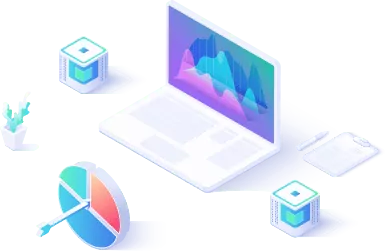


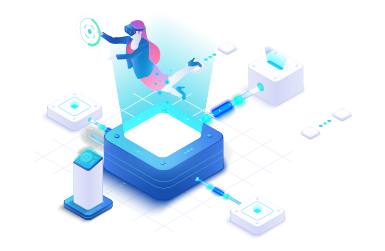
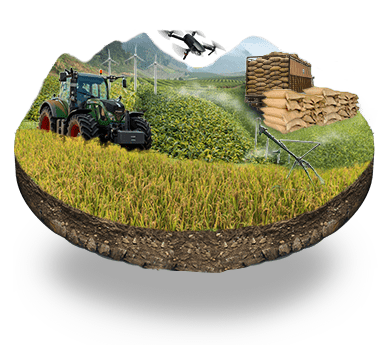
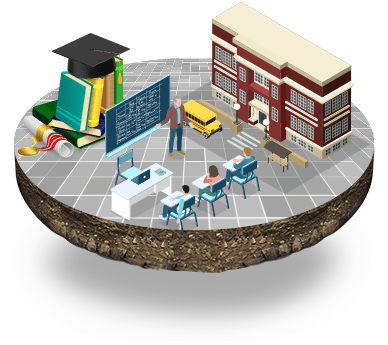

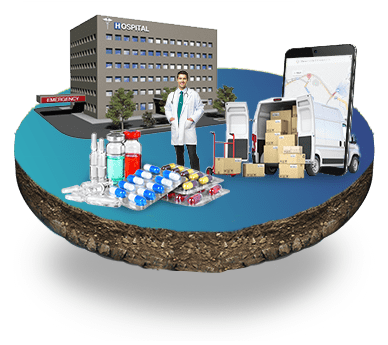

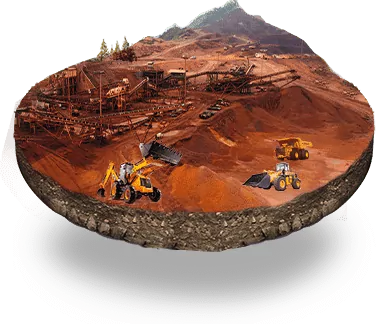




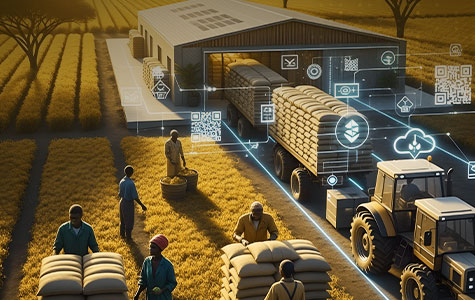


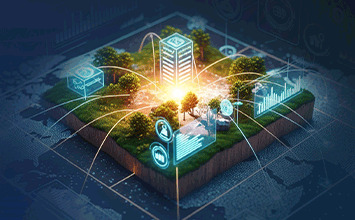



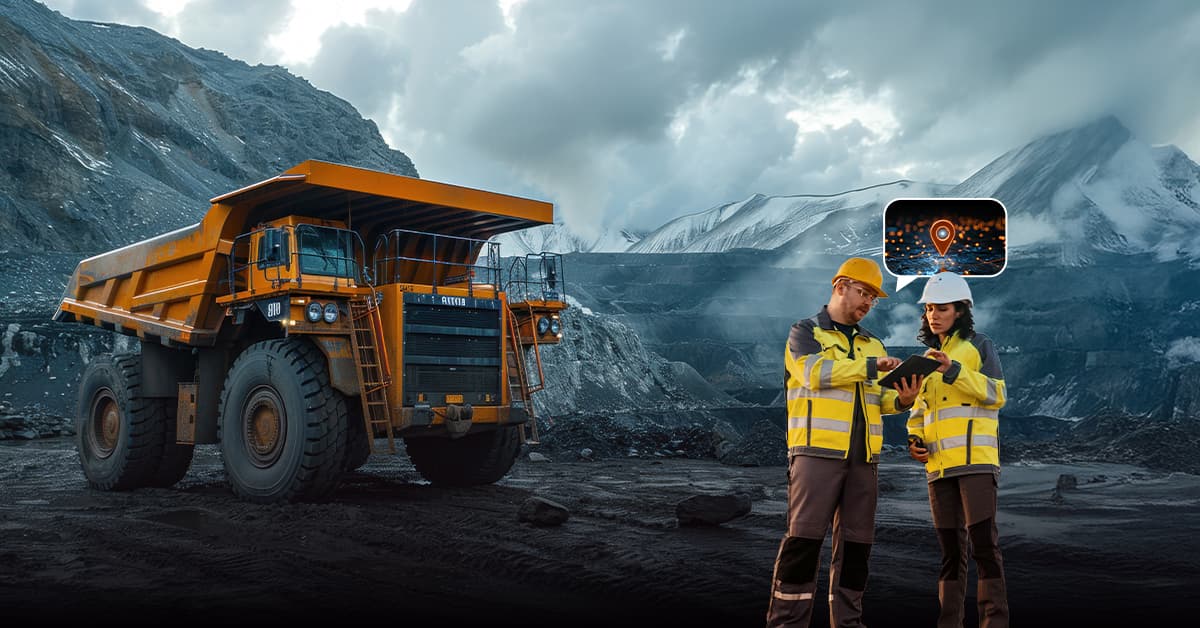



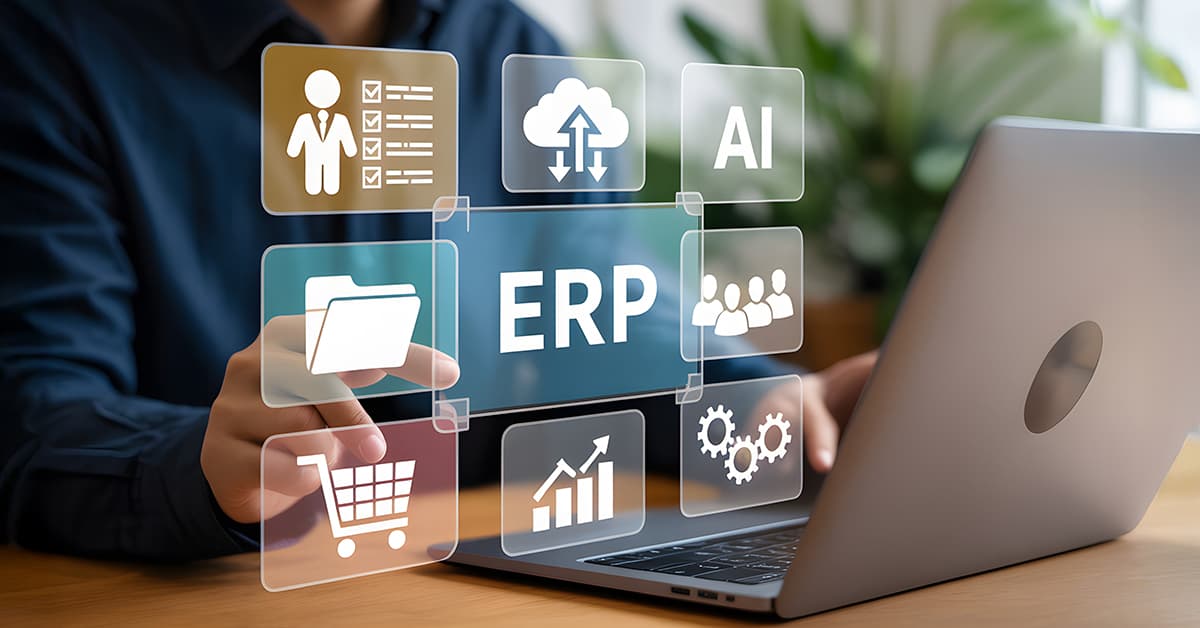


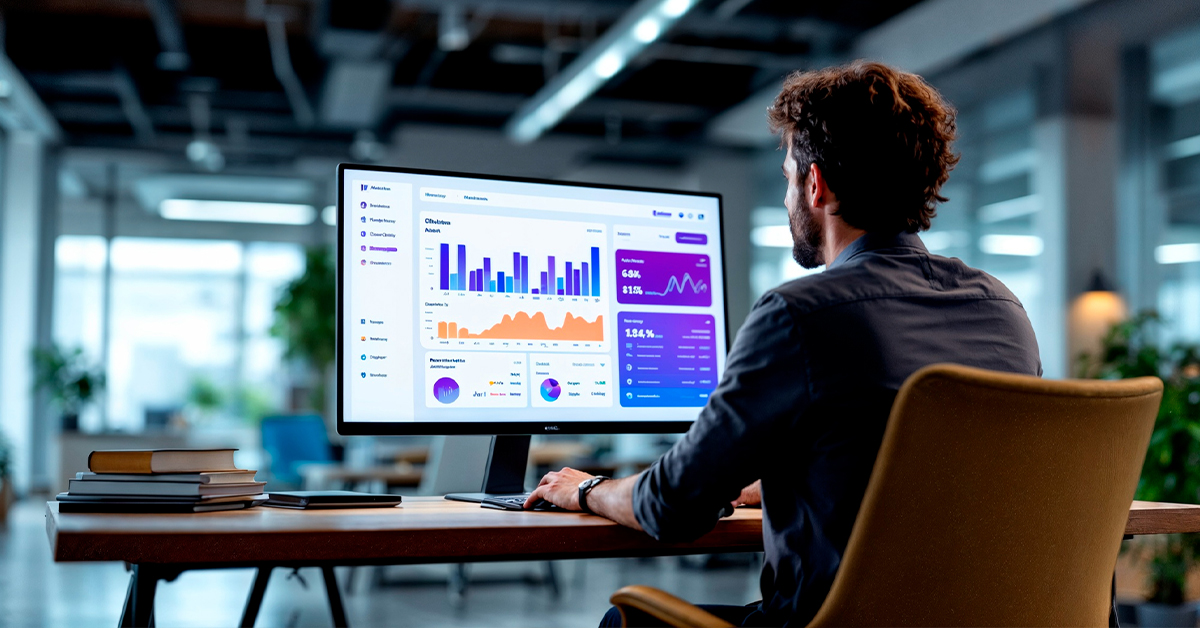
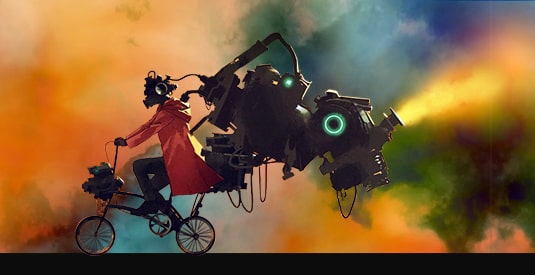
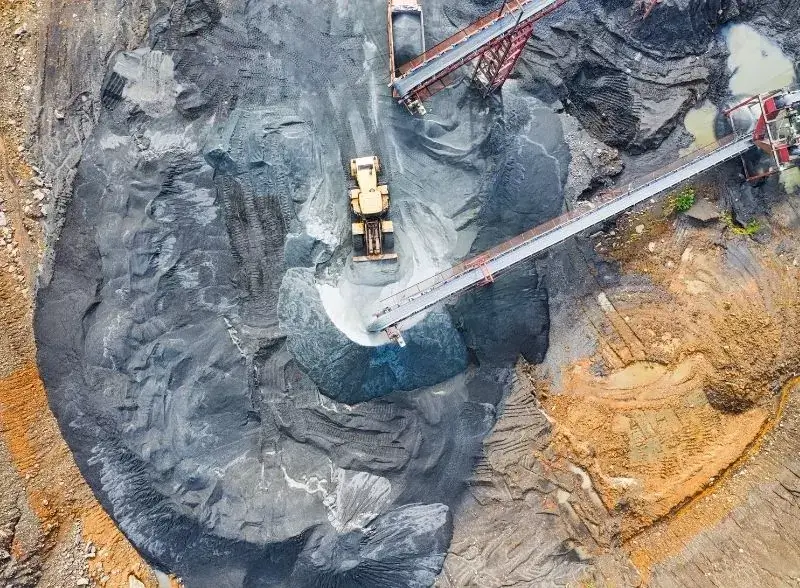
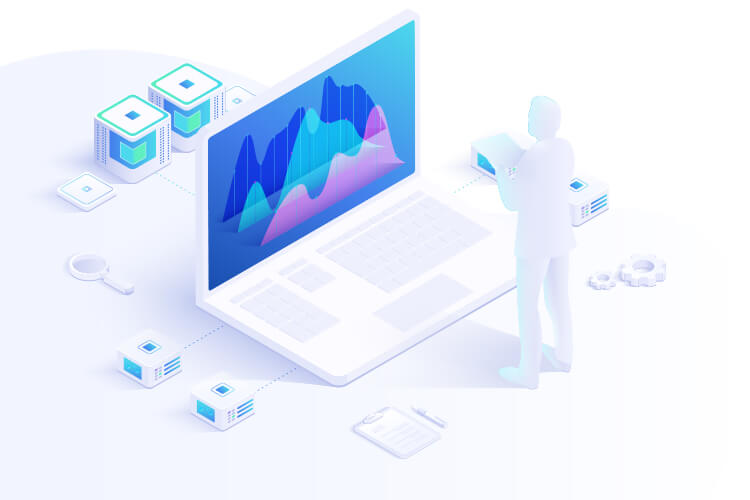

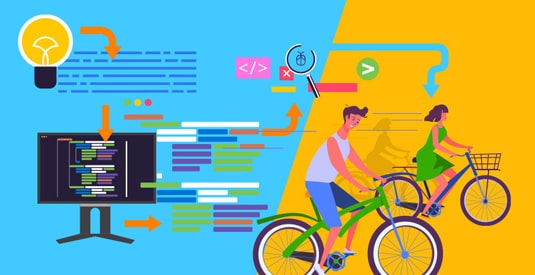

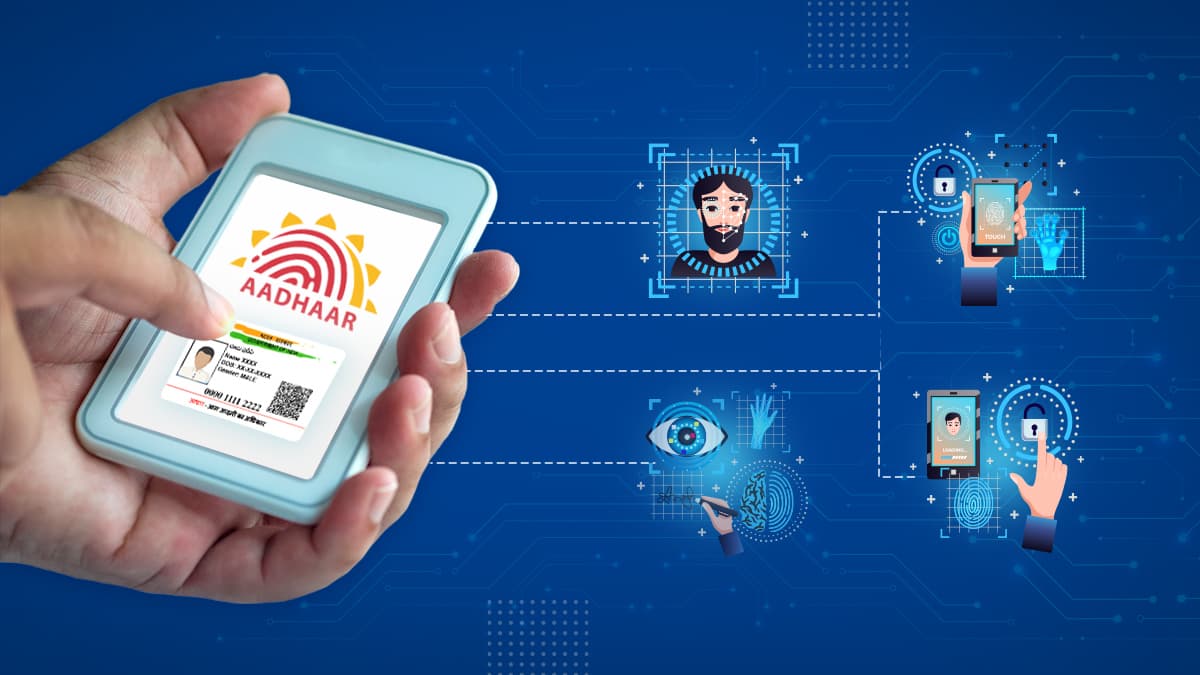




We will verify and publish your comment soon.